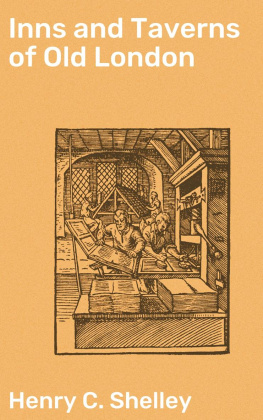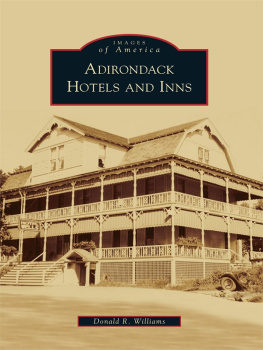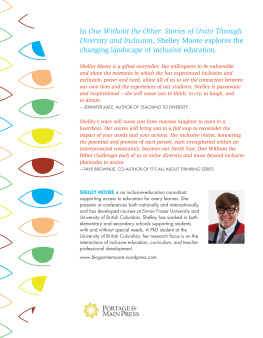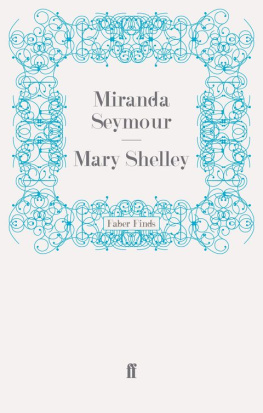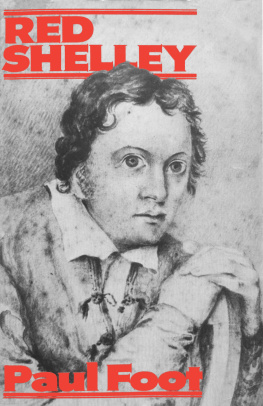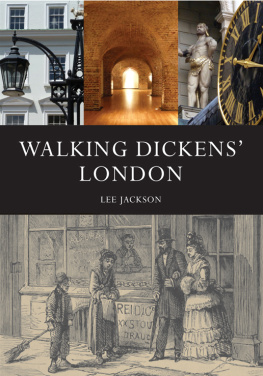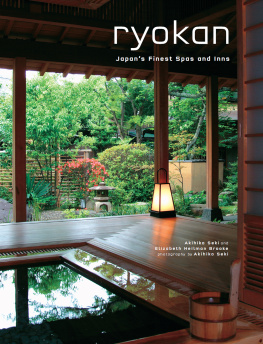PREFACE
Table of Contents
For all races of Teutonic origin the claim is made that they areessentially home-loving people. Yet the Englishman of the sixteenthand seventeenth and eighteenth centuries, especially of the latter,is seen to have exercised considerable zeal in creating substitutesfor that home which, as a Teuton, he ought to have loved above allelse. This, at any rate, was emphatically the case with theLondoner, as the following pages will testify. When he had perfectedhis taverns and inns, perfected them, that is, according to thelight of the olden time, he set to work evolving a new species ofpublic resort in the coffee-house. That type of establishmentappears to have been responsible for the development of the club,another substitute for the home. And then came the age of thepleasure-garden. Both the latter survive, the one in a form of amore rigid exclusiveness than the eighteenth century Londoner wouldhave deemed possible; the other in so changed a guise thatfrequenters of the prototype would scarcely recognize therelationship. But the coffee-house and the inn and tavern of oldLondon exist but as a picturesque memory which these pages attemptto revive.
Naturally much delving among records of the past has gone to themaking of this book. To enumerate all the sources of informationwhich have been laid under contribution would be a tedious task andneed not be attempted, but it would be ungrateful to omit thankfulacknowledgment to Henry B. Wheatley's exhaustive edition of PeterCunningham's "Handbook of London," and to Warwick Wroth's admirablevolume on "The London Pleasure Gardens of the Eighteenth Century."Many of the illustrations have been specially photographed from rareengravings in the Print Boom of the British Museum.
H.C.S.
PREFACE
I. INNS AND TAVERNS OF OLD LONDON.
I. FAMOUS SOUTHWARK INNS.
II. INNS AND TAVERNS EAST OF ST PAUL'S.
III. TAVERNS OF FLEET STREET AND THEREABOUTS.
IV. TAVERNS WEST OF TEMPLE BAR.
VI. INNS AND TAVERNS FURTHER AFIELD.
II. COFFEE-HOUSES OF OLD LONDON.
I. COFFEE-HOUSES ON 'CHANGE AND NEAR-BY.
II. ROUND ST PAUL'S.
III. THE STRAND AND COVENT GARDEN.
IV. FURTHER WEST.
III. THE CLUBS OF OLD LONDON.
LITERARY.
"SOCIAL AND GAMING".
IV. PLEASURE GARDENS OF OLD LONDON.
I. VAUXHALL.
II. RANELAGH.
III. OTHER FAVOURITE RESORTS.
INDEX
LIST OF ILLUSTRATIONS
KING'S HEAD TAVERN, FLEET STREETGEOFFREY CHAUCERTABARD INN, SOUTHWARK IN 1810BRIDGE-FOOT, SOUTHWARK, SHOWING THE BEAR INN IN 1616COURTYARD OF BOAR'S HEAD INN, SOUTHWARKGEORGE INNWHITE HART INN, SOUTHWARKOLIVER GOLDSMITHCOCK INN, LEADENHALL STREETPAUL PINDAR TAVERNANCIENT VIEW OF CHEAPSIDE, SHOWING THE NAG'S HEAD INNA FRENCH ORDINARY IN LONDONYARD OF BELLE SAUVAGE INNTHE CHESHIRE CHEESEENTRANCE PROM FLEET STREETTHE CHESHIRE CHEESETHE JOHNSON ROOMDR. SAMUEL JOHNSONTABLET AND BUST FROM THE DEVIL TAVERNBEN JONSONFEATHERS TAVERNADAM AND EVE TAVERNA TRIAL BEFORE THE PIE-POWDER COURT AT THE HAND AND SHEARS TAVERNFALCON TAVERN, BANKSIDEGARRAWAY'S COFFEE-HOUSEMAD DOG IN A COFFEE-HOUSETOM'S COFFEE-HOUSELLOYD'S COFFEE-HOUSEGRECIAN COFFEE-HOUSEJOHN DRYDENJOSEPH ADDISONSIR RICHARD STEELELION'S HEAD AT BUTTON'S COFFEE-HOUSEBRITISH COFFEE-HOUSESLAUGHTER'S COFFEE-HOUSEOLD PALACE YARD, WESTMINSTERDON SALTERO'S COFFEE-HOUSEST JAMES'S STREET, SHOWING WHITE'S ON THE LEFTAND BROOKS'S ON THE RIGHTTHE BRILLIANTS"PROMISED HORRORS OF THE FRENCH INVASION"GAMBLING SALOON AT BROOKS'S CLUBTICKETS FOR VAUXHALLENTRANCE TO VAUXHALLTHE CITIZEN AT VAUXHALLSCENE AT VAUXHALLVENETIAN MASQUERADE AT RANELAGH, 1749THE ASSAULT ON DR. JOHN HILL AT RANELAGHMARYLEBONE GARDENSWHITE CONDUIT HOUSEBAGNIGGE WELLSFINCH'S GROTTO, SOUTHWARK
CHAPTER I.
Table of Contents
FAMOUS SOUTHWARK INNS.
Unique among the quaint maps of old London is one which traces theground-plan of Southwark as it appeared early in the sixteenthcentury. It is not the kind of map which would ensure examinationhonours for its author were he competing among schoolboys of thetwentieth century, but it has a quality of archaic simplicity whichmakes it a more precious possession than the best examples of moderncartography. Drawn on the principle that a minimum of lines and amaximum of description are the best aid to the imagination, thisplan of Southwark indicates the main routes of thoroughfare with afew bold strokes, and then tills in the blanks with queer littledrawings of churches and inns, the former depicted in delightfullydistorted perspective and the latter by two or three half-circularstrokes. That there may be no confusion between church and inn, thepossibility of which is suggested by the fact that several ofthe latter are adorned with spire-like embellishments, thesixteenth-century cartographer told which were which in so manywords. It is by close attention to the letter-press, and byobserving the frequent appearance of names which have age-longassociation with houses of entertainment, that the student of thismap awakens to the conviction that ancient Southwark rejoiced in amore than generous provision of inns.
Such was the case from the earliest period of which there is anyrecord. The explanation is simple. The name of the borough suppliesthe clue. Southwark is really the south-work of London, that is, thesouthern defence or fortification of the city. The Thames is here amoat of spacious breadth and formidable depth, yet the Romans didnot trust to that defence alone, but threw up further obstacles forany enemy approaching the city from the south. It was from thatdirection assault was most likely to come. From the western andsouthern counties of England, and, above all, from the Continent,this was the high road into the capital.
All this had a natural result in times of peace. As London Bridgewas the only causeway over the Thames, and as the High street ofSouthwark was the southern continuation of that causeway, itfollowed that diplomatic visitors from the Continent and thecountless traders who had business in the capital were obliged touse this route coming and going. The logical result of this constanttraffic is seen in the countless inns of the district. In the greatmajority of cases those visitors who had business in the city itselfduring the day elected to make their headquarters for the night onthe southern shore of the Thames.
Although no definite evidence is available, it is reasonable toconclude that the most ancient inns of Southwark were established atleast as early as the most ancient hostelries of the city itself. Towhich, however, the prize of seniority is to be awarded can never beknown. Yet on one matter there can be no dispute. Pride of placeamong the inns of Southwark belongs unquestionably to the Tabard.Not that it is the most ancient, or has played the most conspicuouspart in the social or political life of the borough, but because thehand of the poet has lifted it from the realm of the actual andgiven it an enduring niche in the world of imagination.


